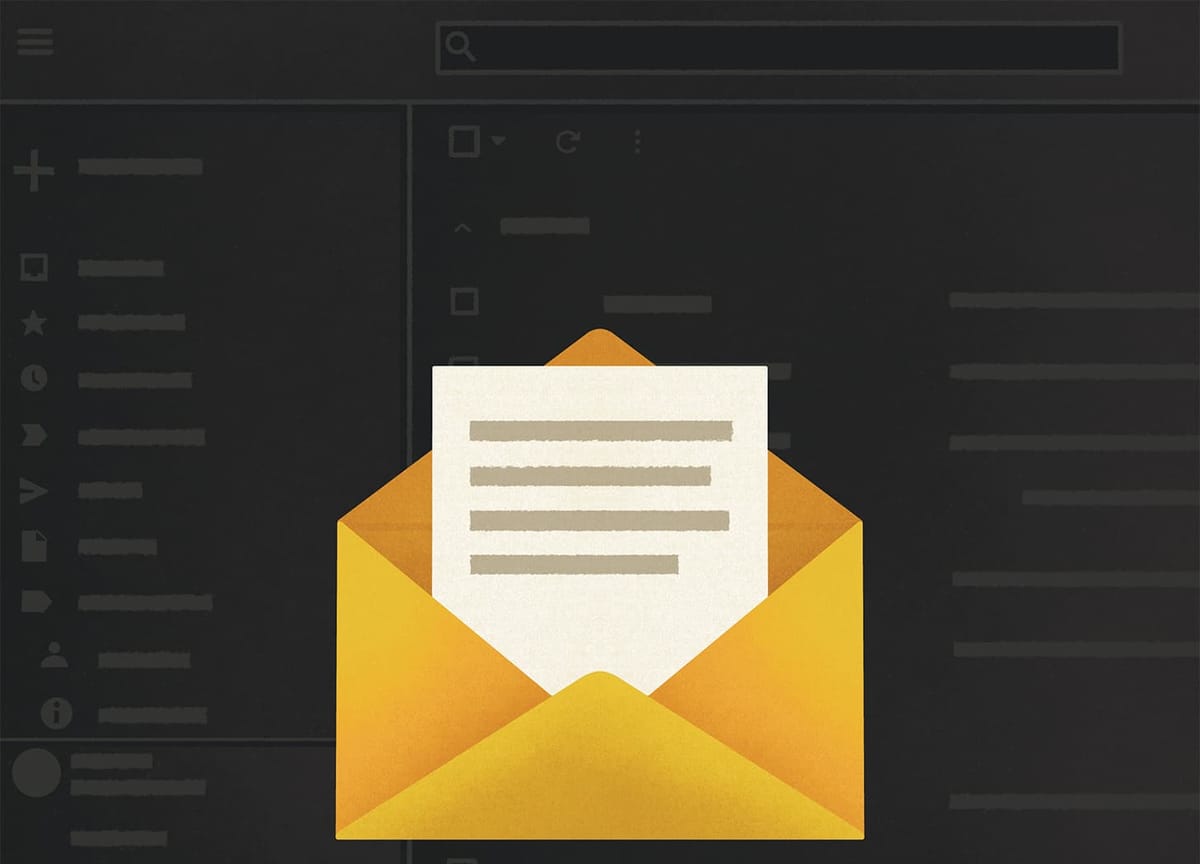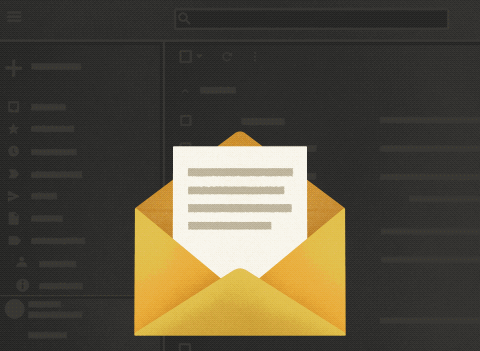Don’t Let This Message Make You Feel Guilty
Email isn’t going anywhere. That’s a good thing.

Hi everyone,
I’ve read Ian Bogost, a video game designer and author, for years. He’s a reliably interesting commentator on technology and often finds useful offline metaphors for online developments. This week, though, he published, “It’s Time to Give Up on Email,” a column that misdiagnoses a problem, doesn’t offer real solutions, and gives me an opportunity to defend something I love. And I’m not saying that just because I’m sending this message to your inbox. (Thanks for inviting me! Tell your friends about Frontier Magazine! 🙃)
Noting the heavy downpour of email receipts, confirmations, and marketing spam, which are mixed in with personal messages more directly relevant to your work and life, Bogost writes, “Email cannot be reformed. Email cannot be defeated. Email can only be forsaken.” He proposes a multi-step process “for getting over a very bad relationship”: accept email as inevitably and irrevocably broken; think of emails as intrusions that only deserve “intermittent and perfunctory attention”; “touch it as little as you can”; and break the habit of checking it in idle moments. Once you’ve done that, you can “evangelize your mission,” as he’s doing, to get more people to live the email-free lifestyle.
Bogost’s key line, about how email can neither be reformed nor defeated, is precisely why I want to defend it. Email is one of the oldest, and now one of the last, widespread and open electronic communication standards. Everyone can have an email address; with a fair amount of work, you can even run an email server yourself and use it to communicate with anyone else with an email address. If you wanted to, you could download seven different apps to your computer or phone and use them all to read and respond to the same messages. Meta, TikTok, Snap, and Twitter aren’t allowing that with their messaging tools—though the consumer-tech landscape would be better if they did. As Sophia Kovaleva, a privacy engineer at Google, put it: “If you don’t appreciate [email], you trust corporations too much.”
At the same time, Bogost offers a weak set of alternatives: “Walk down the hall instead, or make a phone call, or send a Slack or Microsoft Teams message.” The first two are great—I love talking with people!—but carry unfortunate assumptions. First, they presuppose that the person you’re contacting is available to talk right now. Second, they don’t acknowledge how office work is increasingly distributed across space. Many days, I can’t just “walk down the hall” to see colleagues because I’m at home. And his latter suggestions are just inboxes with a greater expectation of an immediate response. Here’s Bogost himself, writing six months ago: “Almost all software wants you to look at it, but Slack, a supposed productivity tool meant to help knowledge workers recover from their email, demands more fixation than email ever did.” Like many people, I’m more anxious about performing my availability through Slack, and responding promptly to its pings, than I am about my inboxes’ unread count.

As I write, those inboxes contain a work thread that’s delivered nine messages from five people this week and a personal correspondence that has yielded only thirteen messages in ten months. That latter thread is with someone who lives in Australia; we “met” through social media, have never seen each other or spoken directly, and yet send each other long, leisurely, openhearted messages about work and life about once a month. Email’s asynchronous nature—with no “three dots” or “several people are typing” to indicate co-presence—allows for this kind of conversational rhythm. Or, for that matter, any rhythm that works for both parties.
I suspect that Bogost doesn’t actually have an email problem, but rather a capitalism problem—which goes beyond the boundaries of this particular newsletter. But within that, he has a smaller process/workflow problem. The latter I can help with. As Manuel Moreale, a web developer in Italy whom I’ve also never met or spoken to, but with whom I’ve occasionally emailed, writes: “Unlike your physical address”—which Bogost uses as a point of comparison—“it’s not hard to get an extra email address. […] If in 2024 you’re using one single email address for everything, that’s a you problem, not an email problem.”
So, a few tips for those of you who are drowning. Each takes a few minutes to set up but will help spare you the pain Bogost describes:
- Since Gmail is the most-used email service in the world, try this simple filter to have all messages with “unsubscribe” in the body skip the inbox and land in a specific label/folder. Then check those messages when you have time, not as they arrive. (Yes, I realize I’m teaching you how to not see Frontier Magazine upon publication. I trust it’s worth seeking out.)
- Most modern email apps for phones, Apple Mail notably excluded, allow you to “customize swipes.” Go to your settings and make it extra easy to delete, archive, and move messages with one gesture.
- Create a second email address that you use for all lower-priority messages. My personal inbox is active correspondence with people I know, tickets to events or for travel, and little else; every other message is delivered to an address that comes with my trusty Feedbin account.
Why don’t you reply and share your thoughts? Consider this issue a promise that I’ll see it and respond—when I have a moment.
Love all ways,
Brian
🔗 Good Links
- 👩🏻🌾👩🏻🎨 An interview with Ella Overkleeft of Rural Radicals, which empowers “community-led cultural revitalization in non-urban spaces”
- 🌏💡 Hannah Ritchie asks: “Do we have enough minerals and critical materials to build a low-carbon electricity system? In summary, yes.”
- 🤠🌇 “Houston was notorious for its sprawl. But it has seen a gentle density revolution since the 1990s. Allowing neighborhoods to opt out of citywide reforms was crucial in its transformation.”
- 🇳🇬🏘️ “The Lagos shoreline is a lacy network of inlets, and the Atlantic ocean has been taking the city’s land. So Lagos decided to take it back.”
- 🏚️💭 “Despite all design intentions, nothing ever goes as planned. Everything eventually breaks down. Ultimately, whatever is there will have to be fixed.”





